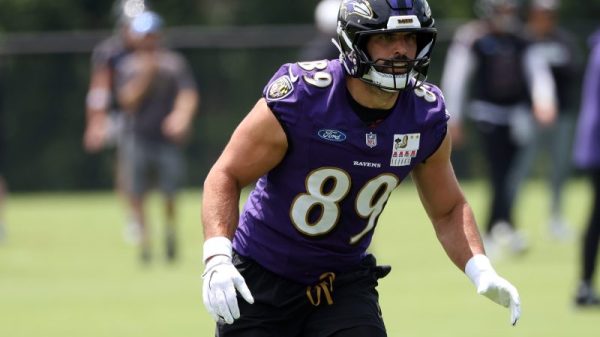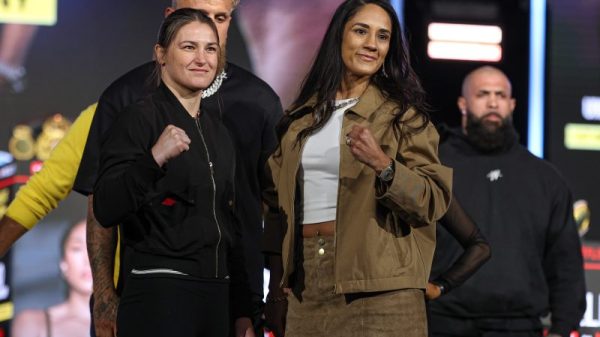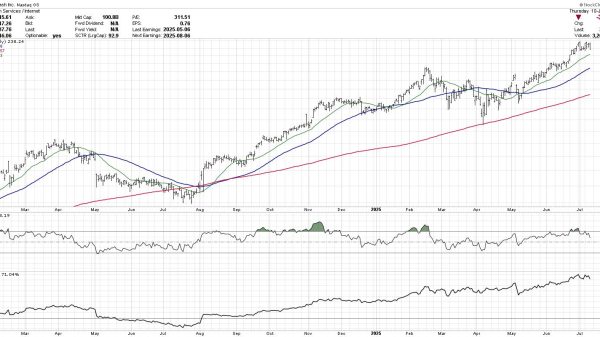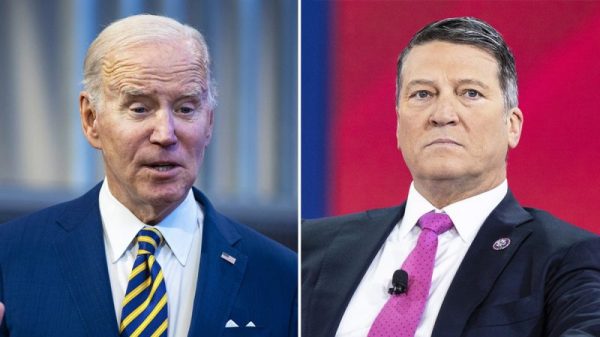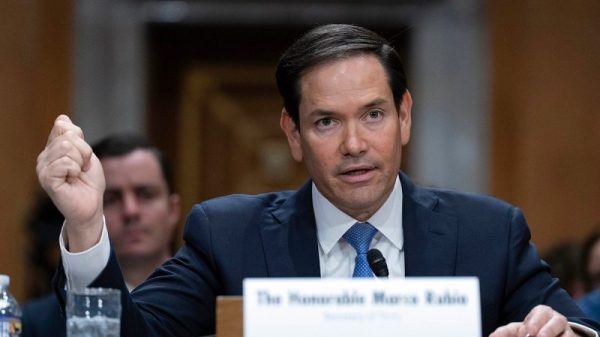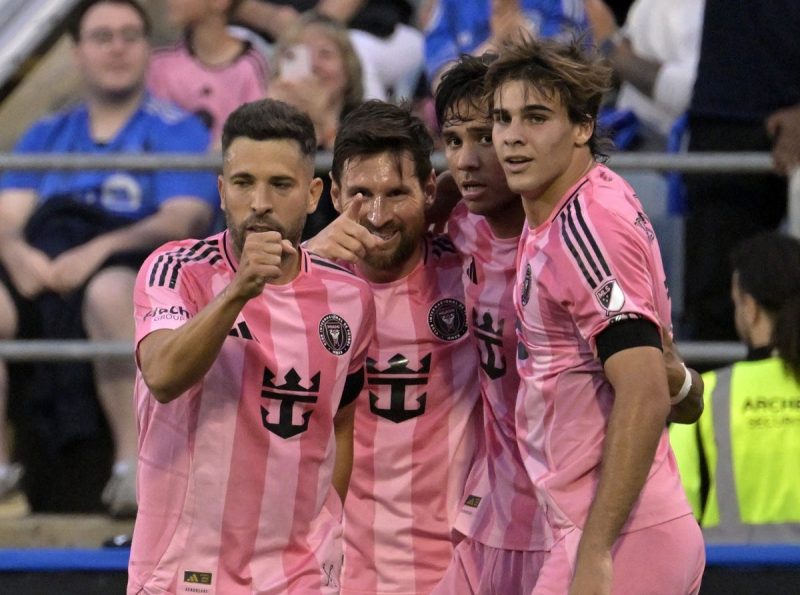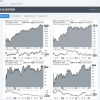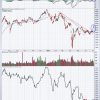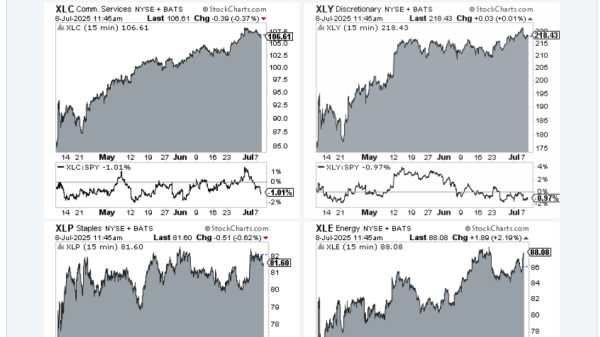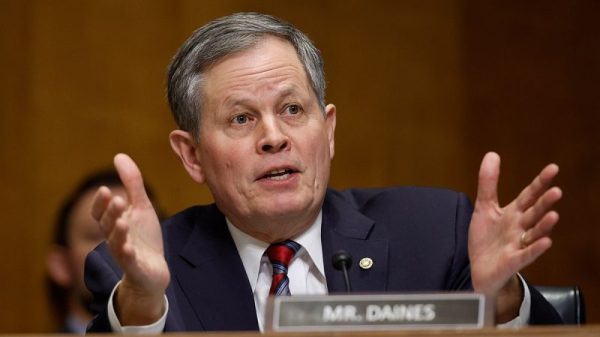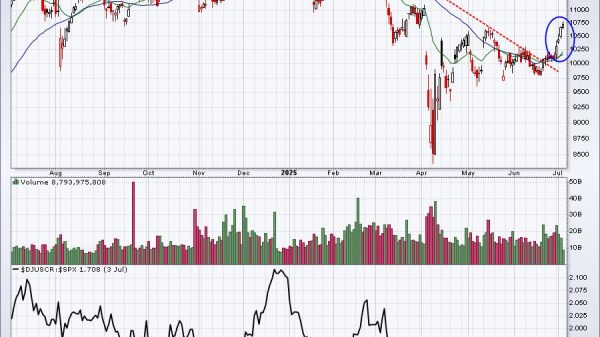Thirty years is a long time for anything to evolve, and Major League Soccer has been on a particularly long, sometimes fraught journey in its first three decades.
It’s hard to think about a league that largely lives on a streaming platform existing before home internet was even remotely common, but MLS’s path to this point has taken plenty of turns. A league that started in 1996 with 10 teams, tie-breaking 35-yard shootouts, and some obnoxiously American team names now has 30 franchises largely playing in purpose-built stadiums, trying — sometimes too hard — to offer a simulacrum of elite European norms in the sport.
The standard of play has improved dramatically. It’s not so much the top-level stars — the first wave of MLS’s star signings were also global names with major accomplishments at the top of the sport — but rather the rank-and-file. The difference between what constituted an average MLS role player in the old days and today may be the single biggest area of progress the league has made in these 30 seasons, and the league deserves a lot of credit on that front.
That said, it has in no way been an easy, steady trajectory toward greatness. FC Dallas owner Clark Hunt revealed in 2016 that at least in business terms, MLS flatlined for a couple of days. According to Hunt, his father Lamar rallied investors in 2001 to keep the league alive after an informal decision had been made to shut it down entirely. The party started with major investment, but owners weren’t willing to lay out for the same class of player once the stars that were so critical in the early days started to show their age.
Since then, MLS has improved in fits and starts. The introduction of the Designated Player rule in 2007 was entirely about getting David Beckham into the league, but teams across the league embraced the opening, provoking a step forward in terms of notoriety and quality of play. It seems like an obvious move in retrospect, but it must be said that MLS viewed allowing for a cap-exempt star signing as a risk at the time. With runaway player spending blamed for the collapse of the old NASL in the early 1980s, the DP rule was introduced with a requirement that the league would have to decide in 2009 whether to retain it or return to leaner spending plans.
Further jumps came with successful expansion moves. Between 2007-11, Toronto FC, the Seattle Sounders, and the Portland Timbers all came with different lessons on how to get new teams off the ground successfully, on and off the field. Those clubs brought higher standards and ambitions in terms of player moves and atmosphere at a time when it was unclear what the next steps were. Atlanta United’s entrance in 2017 — with big, diverse crowds supporting a thrilling team built around young South American stars who could have chosen more globally respected leagues — was a similar, needed jolt.
Messi signing spawns Apple TV era
Messi’s contract involves a profit-sharing pact with Apple TV, a key innovation that brought the iconic Argentine to the U.S. just as the Saudi Arabian government dumped hundreds of millions into its own domestic league, leading to Cristiano Ronaldo and a raft of established starters in top European leagues heading there instead. It’s a similar innovation to what got Beckham — now an Inter Miami owner, a privilege he secured at what ended up being a very steep discount when he signed his LA Galaxy contract a generation ago — into MLS. And all things considered, that flexibility has been a strength of MLS.
Messi and that massive deal with Apple are the easy talking points here, and there has been room to wonder just how happy the tech giants might be as the occasional MLS game aired on the Fox family of networks garner ratings that feel more or less unchanged from the old days (never mind that the only entity pulling late 1990s TV ratings these days is the NFL). However, two unrelated developments speak to league health on a day-to-day basis: club infrastructure and the massive expansion of the player pool.
The days when teams regularly play before a few thousand in a hulking concrete bowl designed for the NFL or college football are nearly completely gone. Soccer-specific stadiums built by MLS clubs mean more revenue for the league and its teams and a vastly improved experience for fans and players. Even Inter Miami’s temporary venue at Chase Stadium, which is essentially just old-school bleachers dressed to the nines that the Herons will play in until its permanent home at Miami Freedom Park opens next year, feels like a futuristic utopia compared to MLS’s humble beginnings.
For years, MLS lived in fear that expanding too rapidly would require too much money in the way of transfer fees to supplement a pool of players good enough to maintain or improve on-field standards. These days, the talking point is almost never brought up, as teams are developing their own players with academy systems of varying success. The Philadelphia Union, FC Dallas, and Real Salt Lake regularly churn out players ready to take on first-team minutes before they turn 23, and nearly every club operates an affiliate in MLS Next Pro, a fully professional league (think roughly Double-A in baseball’s farm system) created specifically to create better competition for young prospects.
The early signs are that this new rung on the ladder is an important one. The developmental improvements across MLS are being noticed at a higher level, as 14 players on U.S. men’s national team coach Mauricio Pochettino’s squad for the ongoing Gold Cup followed the intended path from MLS academy to pro contract. Even players who didn’t start as Under-14 prospects are benefitting: USMNT striker Patrick Agyemang was a first-round draft pick, but didn’t really earn serious looks at Charlotte FC until a prolific stint at the club’s affiliate
The history lesson is necessary to understand MLS’s current trajectory, as well as how the league will approach its next challenges. There has always been a tension between a need to innovate and the quest to shed MLS’s ‘plastic’ roots. It’s been confusing at times: how else can you explain so many MLS clubs choosing European-style names — an obviously inauthentic move for these obviously non-European teams — in an attempt to bootstrap their way to a sense of organic history?
MLS and the constant need to grow
Change is a constant in MLS, and there are big ones coming soon. The most well-known of these is a long-mooted change to the league calendar mirroring what is preferred in most of Europe. The oft-cited rationale for moving the start of the season from February to August involves getting deep in the weeds on the timing of transfer windows, with MLS’s current calendar essentially forcing its teams to buy when prices are higher in the winter and sell in the summer, when contenders should be gearing up for the playoffs rather than losing top players.
However, while those issues follow a defensible logic, the degree to which they matter is up for debate. Essentially half of MLS’s teams play in areas where a winter schedule (even with the plan likely to include a break in January) will be a hard sell for fans, and will make regular training sessions difficult without major infrastructure spending on indoor facilities.
However, over the next 30 years, scientists expect climate change to result in higher temperatures and more intense storms. While MLS has shied away from discussing this aspect of the calendar change — they’re not climate scientists, but they do know a thing or two about PR — the reality is that player and fan safety require more than simply hoping for pleasant conditions. The discussion of MLS’s calendar change may center on attracting better players to the league, but in the long term, the climate issue appears more relevant.
Another looming change concerns the league’s longtime commissioner, Don Garber. Garber has inarguably navigated the league to a stronger place, though his choices on behalf of the league’s owners have resulted in plenty of criticism over the years. Garber is mere weeks away from the 26th anniversary of his first day on the job, and while he signed a contract extension running through the 2027 season, the 67-year-old has more than once discussed the idea of stepping down. Perhaps the single best way to answer the thesis question of this piece would be to know the identity of Garber’s successor, but we might be waiting for a couple more years to know who that might be.
MLS has long relied on one revenue stream that might not last for much longer: expansion fees. 2025’s lone newcomer, San Diego FC, paid a reported $500 million fee just to exist as an MLS club, and by league rules that money is dispersed among the existing teams. However, San Diego is also the 30th team in MLS, and that’s almost unheard of anywhere else in the world. MLS and the Argentine Primera División are the lone examples of a country’s top league carrying that many teams, with large nations generally settling on a 20-team circuit.
There are only so many cities left that might be able to find investors who will match or exceed a half-billion-dollar cover charge to get into MLS. Of the 20 largest metropolitan areas in the U.S. without an MLS club to claim, only Phoenix, Detroit, and Tampa Bay are left, and all three have either had a team (the Tampa Bay Mutiny were folded as one of the measures the league used in 2001 to stay afloat) or have received expansion buzz. New York City and Los Angeles have two teams apiece, and there are no current plans to plant a second side in the next-largest metro areas (Chicago and Dallas-Fort Worth).
The method for MLS to replace that income isn’t clear. Increased participation in the global transfer market, where transfer fees can regularly reach the eight-figure range, is surely a part of that, but accounting departments are going to look for stable, planned sources of income.
The league’s sheer size is tied to another hot-button issue that drives so much discussion in American soccer: the concept of promotion and relegation. MLS functions like other major U.S. leagues, where even the most hapless, dismal season comes with no sporting consequence beyond embarrassment. In the substantial majority of leagues worldwide, the idea of being relegated to a lower division drives up standards, and the possibility of battling their way up the ranks regularly sees lower-tier teams invest, giving their fans the hope of a real shot at joining the best of the best.
MLS was initially founded without this source of instability for good reason: too many attempts at professional soccer had failed in the U.S., and convincing people to bankroll the project meant abandoning a tradition in the sport. However, it remains a popular concept, and the United Soccer League (which operates men’s leagues in three tiers, along with two women’s leagues) in March announced a broad outline for adopting ‘pro/rel’ after club owners voted in favor of doing so.
There are examples of a hybrid system, where a broader league system is closed, but within that teams can move up and down based on sporting merit. Japan, where the J.League came online only three years before MLS, has three tiers with promotion and relegation, and a licensing system in place that allows the league to ensure that teams can all clear benchmarks in terms of financial sustainability, infrastructure, and other categories.
With the league’s zeal for expansion (and/or the fees that come with it), there will come a point where MLS simply has too many teams to reasonably resemble any other soccer league, and teams can already go multiple years between matches against foes from outside their conference. Be it a perfect copy of the English pyramid, a model like Japan’s, or following the old baseball process that saw the American and National leagues only play against one another in the World Series, MLS will have to change its competitive structure if it continues to add teams.
There is also a question of ceiling. MLS’s media rights deal with Apple TV runs through to 2033, but though the price was right, there are fair criticisms that the league is less accessible than before (even with 34 nationally-televised games on Fox networks and weekly games that are free to stream).
Those critiques landed just as Messi arrived, and MLS will only get one shot at the dual-stage accelerant that is having the greatest player ever playing on these shores heading into the 2026 men’s World Cup, which will be hosted in the U.S, Mexico, and Canada. While the league has certainly grown in visibility thanks to Messi, those gains have not been particularly noticeable unless you know where to look.
If the World Cup — which in the face of the Trump administration’s position on migrants becomes a far more complicated event in terms of public perception, among many other topics — only offers a small boost as well, MLS could be looking at the kinds of slow, incremental growth that were seen before Beckham’s arrival marked the start of ‘MLS 2.0.’ This league has never looked particularly comfortable without an external source helping popularize soccer, and once FIFA’s traveling roadshow packs up next year, it’s not obvious where the next outside engine for progress will come from.
One potential solution could be a deeper partnership with Liga MX, the top domestic league in Mexico. The two circuits have long had an interest in going beyond sharing best practices, with the Leagues Cup (an ever-changing tournament that in 2025 will involve 18 MLS teams and the same number from Liga MX) the latest evidence of that. There is no quicker path to MLS leveling up in terms of audience than a merger of sorts with what is the most popular and ardently supported men’s league in the U.S., and Liga MX executives surely want more access to media markets in the world’s richest country.
This would be possibly MLS’s least orthodox innovation yet. Outside of the league’s three Canadian sides, a few Welsh teams playing in the English system, AS Monaco’s place in France’s Ligue 1, and a small handful of other examples, this sort of border-crossing doesn’t happen in soccer. FC Luch Vladivostok — located over 4,000 miles from Moscow, just about as far east as you can get in Russia — was much closer to Japan, South Korea, and China geographically, but they nevertheless played in Russia until folding in 2020.
However, both MLS and Liga MX are hugely ambitious and have no clear path to gain ground on the Premier League, Bundesliga, La Liga, and Europe’s other truly elite leagues. Joining forces might be that next jump in terms of gaining ground, rather than catching up inch by inch in the coming decades. No one has quite figured out whether it’s truly possible, but league executives on both sides of the Rio Grande have been thinking about the problem for some time now; don’t expect them to drop it anytime soon.
All of which is to say that MLS’s next 30 years are difficult to predict, precisely because the league operates with a different mentality than any other. There’s no real example to cite, and in any case, MLS hasn’t often followed the lead of its equivalents. Many of the domestic leagues worldwide that MLS has surpassed over the years stick to the normal path: find investment, seek traditional but slightly more lucrative media rights deals, and hopefully over time your teams will be able to sign or develop a higher caliber of player.
Things do shift: Serie A was the dominant spender in the 1990s, with stars like the original Ronaldo, Roberto Baggio, Gabriel Batistuta, and more spread across many different teams. Fast forward a couple of decades and Italy’s top flight trails the global behemoth that is the Premier League, as well as the top Spanish and German leagues. Economic changes and other factors accelerated this process compared to the sport’s norms, but it still took decades.
That’s just not fast enough for MLS’s liking, and the one guarantee is that the league will continue to think up new ideas in an effort to catch up to leagues that have a 70-year head start. When you think of it on that scale, MLS has done an admirable job making early gains, but the next 30 years are the hard part.

